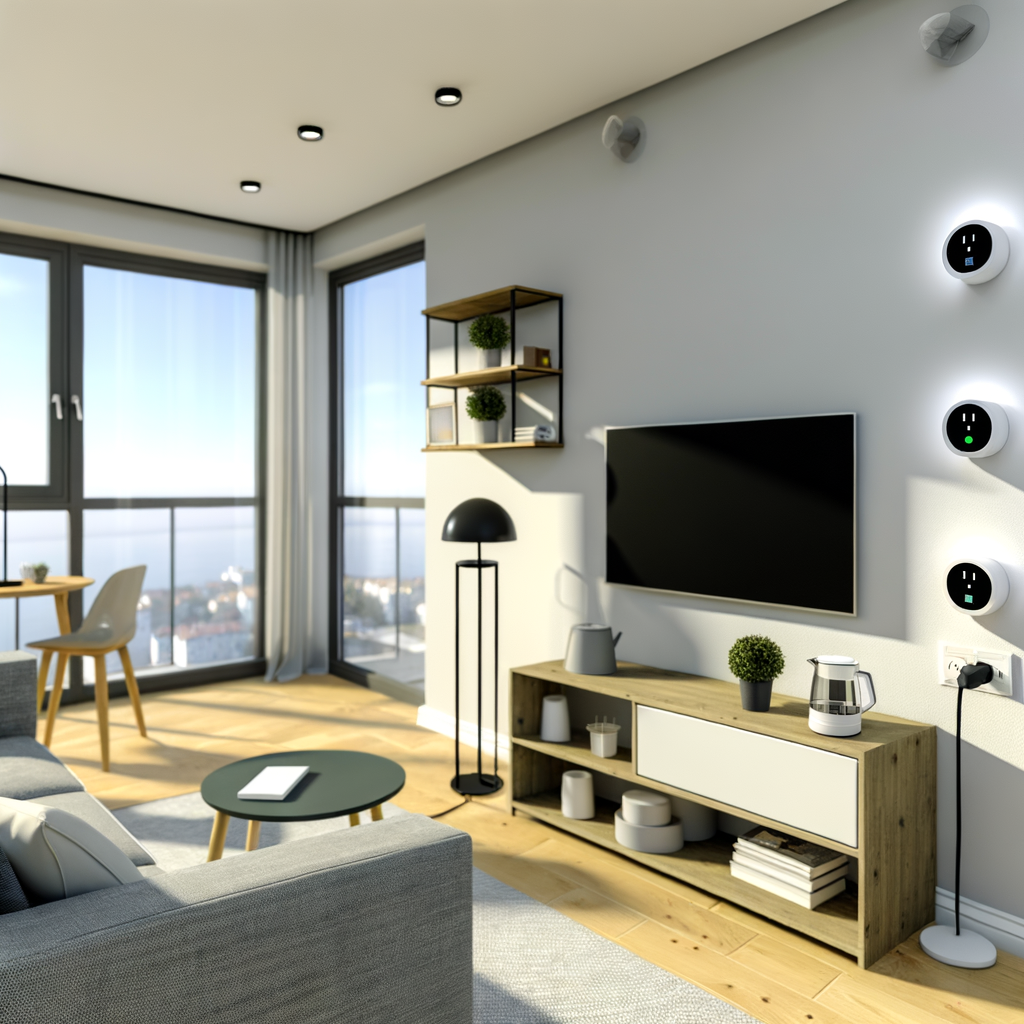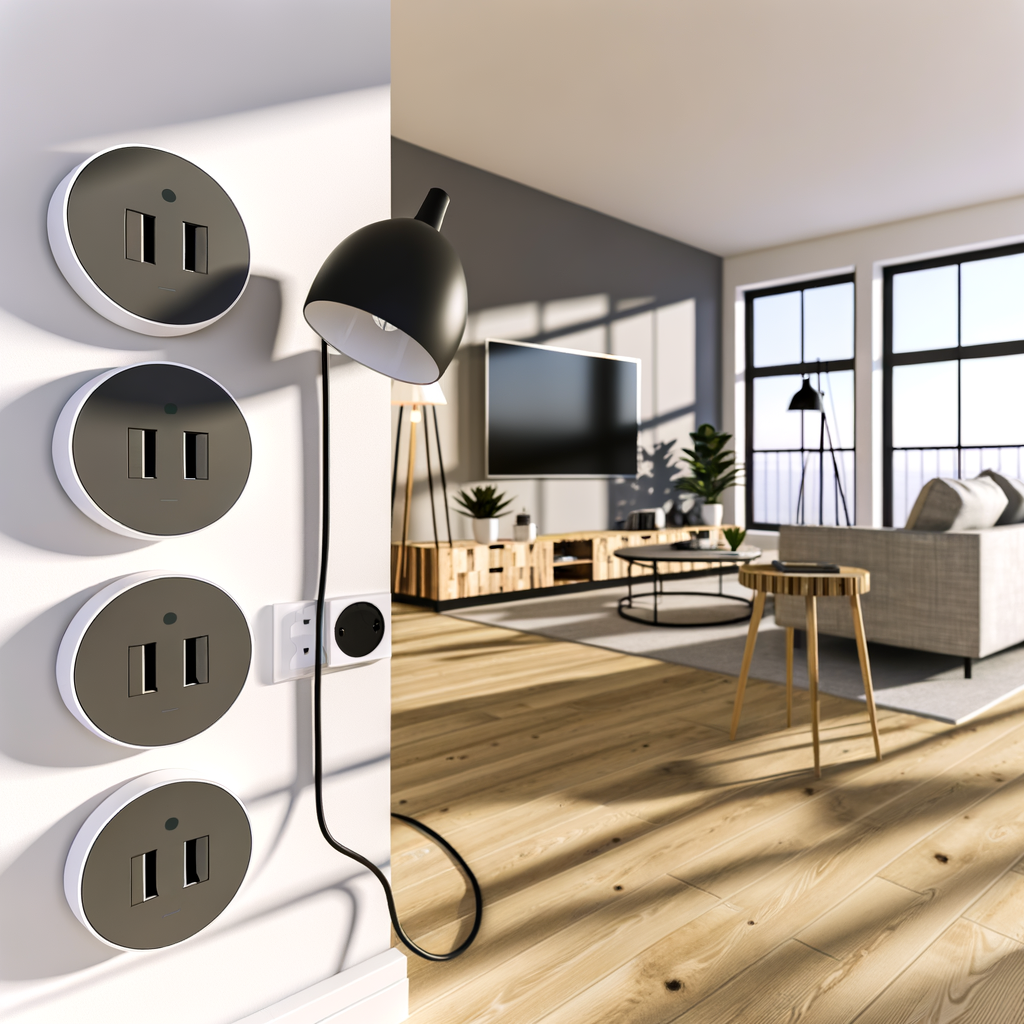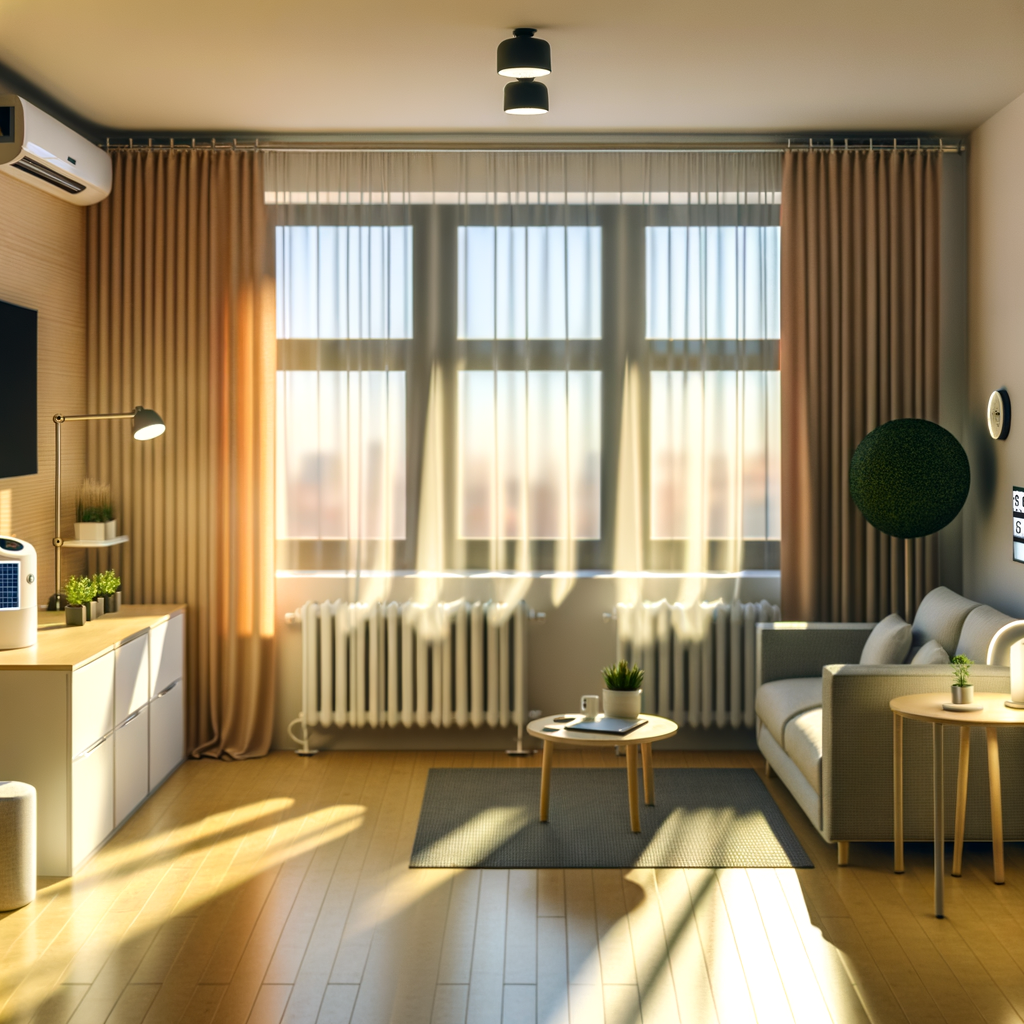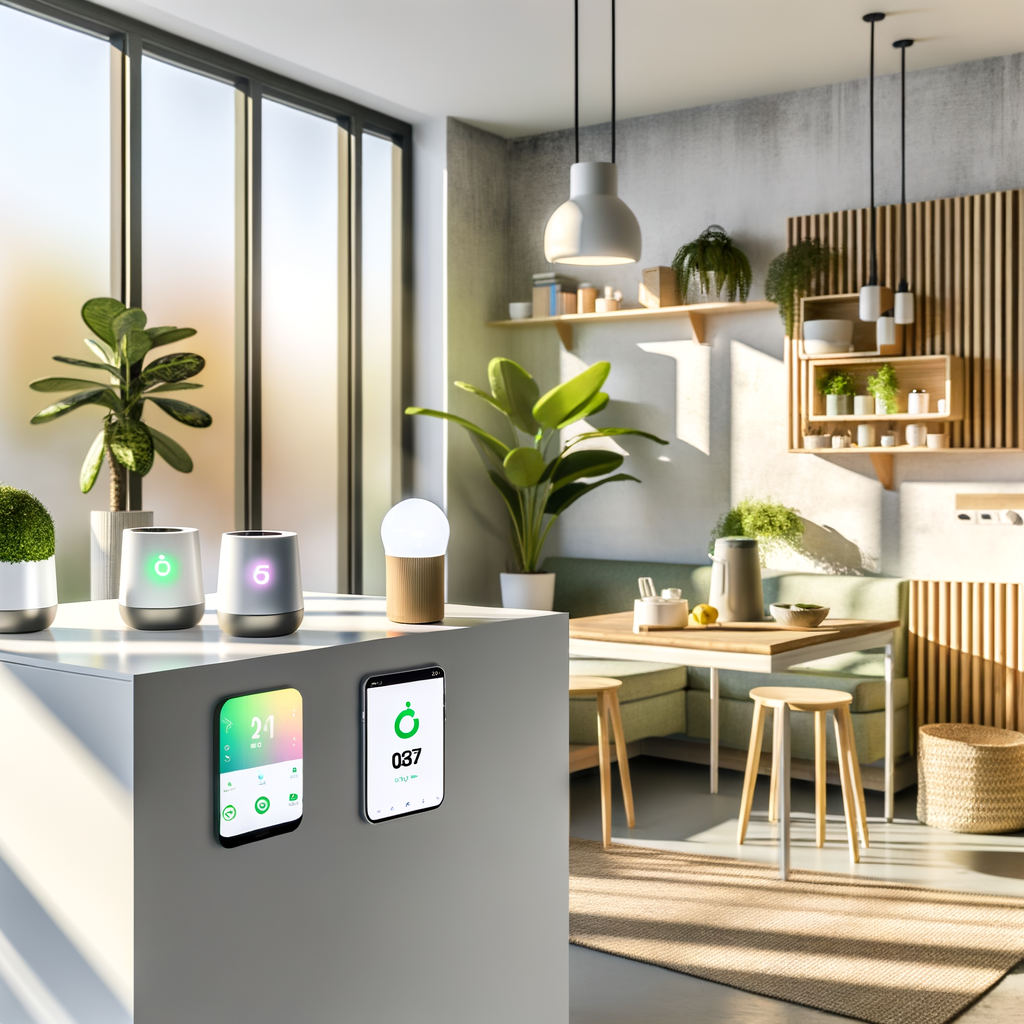Smart Savings: How Renters Can Use Smart Plugs to Cut Energy Bills Without Breaking the Lease
For eco-conscious renters and budget-savvy tenants, saving energy (and money) can feel complicated—especially without making permanent changes to your apartment or risking your security deposit. Enter smart plugs: affordable, plug-and-play devices that offer renters a tech-powered path to lower electricity bills and greener living, all without breaking the lease.
This guide unpacks how renters can use smart plugs for energy savings, choose the right models, and set up smarter routines, all while staying landlord-friendly.
What Are Smart Plugs?
Smart plugs are Wi-Fi or Bluetooth-enabled adapters that fit between your standard outlets and your appliances. They let you remotely control the power supply using your smartphone or voice assistant. Many models also track energy usage, giving smart insights into your daily habits.
Why Are Smart Plugs Perfect for Renters?
- No Installation or Wiring Required: Just plug in, pair with an app, and start saving—no tools or permission needed.
- Portable: Take your smart plugs with you to your next home.
- Affordable: Entry models cost less than dinner out.
- No Lease Violations: Smart plugs don’t modify property or outlets, so your lease (and security deposit) stays intact.
How Smart Plugs Save Renters on Energy Bills
Smart plugs step in where traditional habits and power strips fall short. Here’s how they directly reduce monthly electricity costs:
1. Eliminate Phantom Loads
- What it is: Many devices (TVs, chargers, game consoles) drain energy 24/7—even when “off.” This “vampire power” can account for 5-10% of your energy bill.
- How smart plugs help: Schedule or remotely cut power to these devices, slashing waste instantly.
2. Automate Routines
- Program lights, fans, and appliances to turn off when you’re at work or asleep.
- Use “away modes” to look occupied while saving energy on unused items.
3. Gain Real-Time Energy Insights
- Some plugs track use by device or room—see where you’re overspending and adjust habits fast.
4. Control Energy by Voice or App
- Dimmable lamps, fans, and space heaters can all be controlled hands-free via Alexa, Google Assistant, or Apple HomeKit.
- Easy to override: Power off forgotten appliances after you leave home.
Where Should Renters Use Smart Plugs for Maximum Savings?
Strategic placement is key. Prioritize outlets where energy leaks are likely. Here are renter-friendly hotspots:
- Entertainment Centers: TVs, streaming boxes, game consoles, and sound systems draw power around the clock.
- Home Office: Laptops, chargers, monitors, and printers are energy vampires even in sleep mode.
- Kitchen Counter: Microwaves, coffee makers, and air fryers don’t need to be plugged in all day.
- Bedroom: Lamps, fans, and electric blankets can be turned off automatically at bedtime or sunrise.
- Seasonal Devices: Control space heaters, A/C units, and holiday lights with timers or schedules.
Tips for Renters: Getting Started with Smart Plugs
Ready to start saving? Here’s how renters can make the most of smart plugs in any apartment—no matter your tech skills or lease terms.
Step 1: Choose the Right Smart Plug
- Wi-Fi or Bluetooth? Wi-Fi plugs offer remote control from anywhere; Bluetooth models only work nearby (but can be more secure, no Wi-Fi needed).
- Compatibility: Make sure your plug works with your existing smart home system (Alexa, Google Home, Apple HomeKit).
- Energy Monitoring: Models with built-in meters give real-time usage feedback—super helpful for tracking costs.
- Size: Pick compact models if outlets are cramped or behind furniture.
Step 2: Plug In and Pair
- Download the manufacturer’s app and follow the pairing instructions.
- Name each plug logically (e.g., “Living Room TV” or “Bedroom Fan”) for simple control later.
Step 3: Set Schedules and Automations
- Set daily timers (e.g., TV powers off at 11 p.m. on weeknights).
- Enable random “away mode” to discourage break-ins while on vacation.
- Link plugs to routines (e.g., everything off when you say “goodnight” to your smart speaker).
Step 4: Track Usage and Adjust
- Use energy monitoring features to spot unexpected drains.
- Adjust schedules for maximum savings (e.g., air purifiers off during work hours).
Step 5: Take Your Smart Plugs With You
- When moving out, simply unplug and pack—rest easy knowing you left no trace or damage.
Maximizing Savings: Advanced Tips for Tech-Savvy Renters
Looking for more ways to stretch those smart plug savings? Try these strategies:
Create Multi-Plug Scenes with Smart Home Routines
- Use your voice assistant or automation app to group devices. For example, a single “Leaving Home” command can turn off the TV, lamp, and space heater at once.
Pair Smart Plugs with Motion Sensors
- Add affordable smart sensors to automate plugs in bathrooms, entryways, or laundry areas—on when needed, off when vacant.
Track Your Results and Celebrate Savings
- Check your power bill after a month of smart plug automation. Use plug app reports and your energy bill to compare “before and after.”
- Reinvest the savings: Upgrade bulbs to LEDs or pick up extra smart plugs for more rooms.
Common Smart Plug Mistakes Renters Can Avoid
- Overloading the Plug: Never plug in high-wattage appliances (e.g., air conditioners, ovens) unless the plug is specifically rated for it.
- Ignoring the Router: If your apartment’s Wi-Fi is spotty, choose Bluetooth plugs or invest in a Wi-Fi extender.
- Setting and Forgetting: Review and tweak schedules seasonally—summer and winter energy use can differ.
Cost vs. Savings: What to Expect
Smart plugs typically cost $10–$30 each. The savings? For the average renter, eliminating phantom loads and automating big energy draws can reduce bills by $10–$20 per month—or more, if you use window A/C units, space heaters, or gaming systems regularly. That means many smart plugs pay for themselves within weeks.
Smart Plugs and Rental Agreements: What Renters Need to Know
Smart plugs are almost always allowed by landlords because:
- They don’t require wiring, drilling, or changes to outlets.
- They’re as reversible as a phone charger—unplug and go.
If in doubt, check your rental agreement. But in almost all cases, you’re safe—and you don’t need to disclose their use, since smart plugs are considered personal electronics, not fixtures or modifications.
Eco Benefits Beyond the Electric Bill
- Lower Carbon Footprint: Using less electricity means your rental household produces less CO₂.
- Promotes Efficient Habits: Tracking and scheduling device power encourages more mindful, sustainable routines.
- Reduces E-Waste: Prolong appliance life by preventing overheating or unnecessary usage.
FAQs: Smart Plugs and Renting
Will my older appliances work with smart plugs?
Most “dumb” appliances (fans




